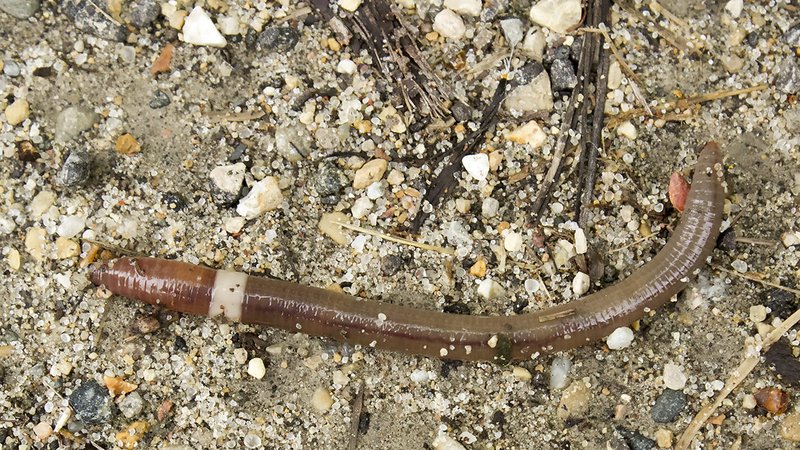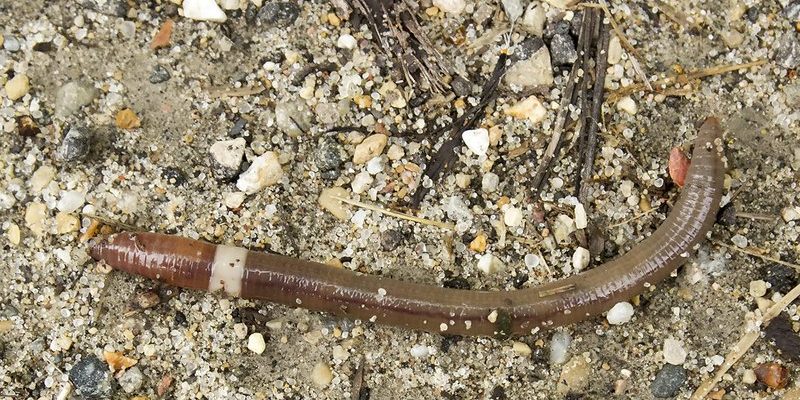
Imagine a busy city bustling with activity. Just like the hustle and bustle of city life, the soil is full of life for earthworms. They toil away, breaking down organic matter and aerating the soil. But while they seem tireless, you might wonder if they take a break now and then, just like we do after a long day. Here’s the thing: while worms don’t sleep in the same way we do, they do have periods of inactivity.
What Is Sleep, Anyway?
Before we dive into whether earthworms sleep or rest, it helps to understand what sleep means in a general sense. Sleep is more than just a time to be inactive; it’s a state of reduced responsiveness to external stimuli, where the body undergoes certain restorative processes. For humans, this includes things like dreaming, muscle repair, and memory consolidation.
Interestingly, sleep can vary greatly across species. For example, some animals have evolved to have very short sleep cycles, while others can go into deep slumber for extended periods. The fascinating part is that not all creatures require sleep in the same way. So, when we consider earthworms, we need to think about their biology and habitat, which are pretty different from ours.
Do Earthworms Sleep?
So, do earthworms sleep? The simple answer is no, not in the traditional sense. Earthworms don’t have eyes or a complex nervous system like mammals, so they don’t experience sleep as we do. However, they do have periods called “quiescence,” where they become less active and reduce their responses to the environment.
During these times, earthworms might stay deeper in the soil, where it’s moisture-rich and safe from predators. This makes sense when you think about it. Instead of sleeping, they’re sort of resting—just lying low while still being aware of their surroundings. It’s like taking a power nap while keeping one eye open!
How Do Earthworms Rest?
If earthworms don’t sleep, how do they rest? Earthworms experience a state of rest that may include slowing down their movements and digging deeper into the soil. This resting behavior often happens during dry conditions or extreme temperatures.
When the soil gets too dry, earthworms can’t function well. So, instead of pushing through, they retreat into the moist depths of the ground. Here, they can conserve moisture and energy. It’s a smart survival tactic!
Additionally, during winter, many types of earthworms go into a state of dormancy, which is similar to “resting” but isn’t the same as sleep. They can remain inactive for extended periods, waiting for warmer weather to come back to the surface.
Why Is Rest Important for Earthworms?
Rest is crucial for earthworms, just like it is for us. It helps them conserve energy and stay safe from dangers like predators and environmental stress. This down time allows their bodies to recover and prepare for when they need to be active again.
Moreover, earthworms play an essential role in the ecosystem. By resting correctly, they can carry on with their vital work of enriching the soil as they dig and break down organic matter. So, their “resting” periods are not just for themselves—they contribute to a healthier environment.
How Do Earthworm Habits Change in Different Seasons?
Earthworms are sensitive to seasonal changes, and their activity levels can vary significantly throughout the year. In spring and summer, they tend to be more active, as conditions in the soil are typically more favorable.
During the colder winter months, many earthworms will seek shelter in deeper soil layers or enter a dormant state. This is when you might say they’re “resting.” In autumn, as temperatures drop and daylight decreases, earthworms can sense the change and start to prepare for these colder months by reducing their food intake and slowing their movements.
You could think of it as preparing for a long vacation. They may not be jet-setting off somewhere, but they’re definitely hunkering down until the conditions improve.
Are There Different Types of Earthworm Activity?
Yes, absolutely! Not all earthworms behave the same. Some species are more active and surface during wet conditions, while others may lie low for extended periods. Here’s a quick overview:
- Surface-Dwelling Earthworms: These worms come to the surface when it’s damp, often during or after rainfall.
- Burrowing Earthworms: These prefer to dig deep into the soil, where they will be less active and spend more time resting.
- Epigeic Earthworms: Found in leaf litter or the upper layers of soil, they’re often active when it’s warm and moist.
Understanding these differences is crucial because they can affect how we interact with them, especially in gardening or farming practices. It’s always good to be aware of what type of earthworm you’re dealing with and how their activity levels might affect your soil!
Final Thoughts: The Life of an Earthworm
In summary, while earthworms don’t sleep in the classic sense, they do have phases of inactivity that mimic rest. This adaptation allows them to thrive in their environments and is a testament to the wonders of nature. Next time you see an earthworm wriggling across your garden, remember that they might be taking a little break, even if it’s not the same as curling up for a snooze!
Understanding how these amazing creatures live and rest can help us appreciate their role in our world a bit more. And who knows, maybe next time you’re feeling tired, you’ll think back to those industrious earthworms and how they smartly manage their energy!

